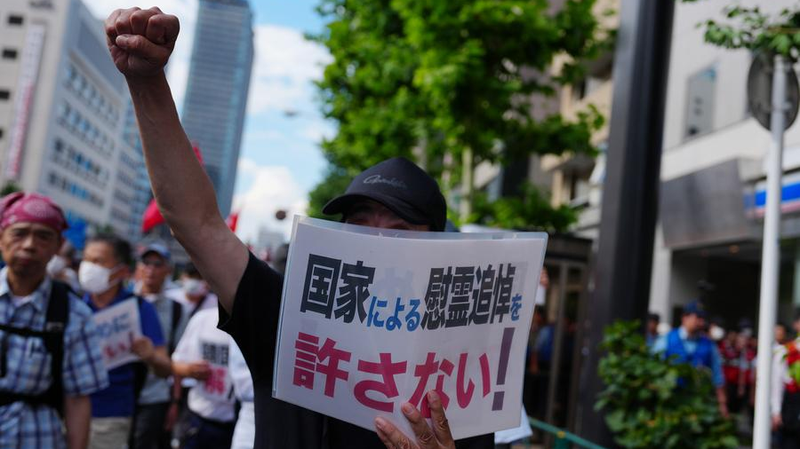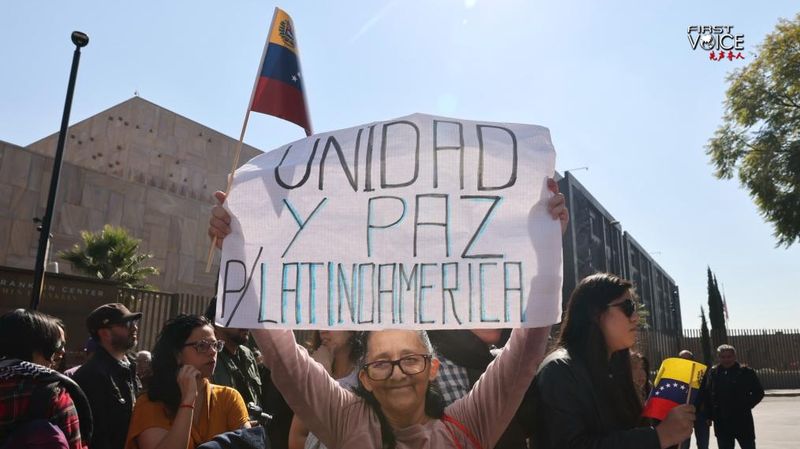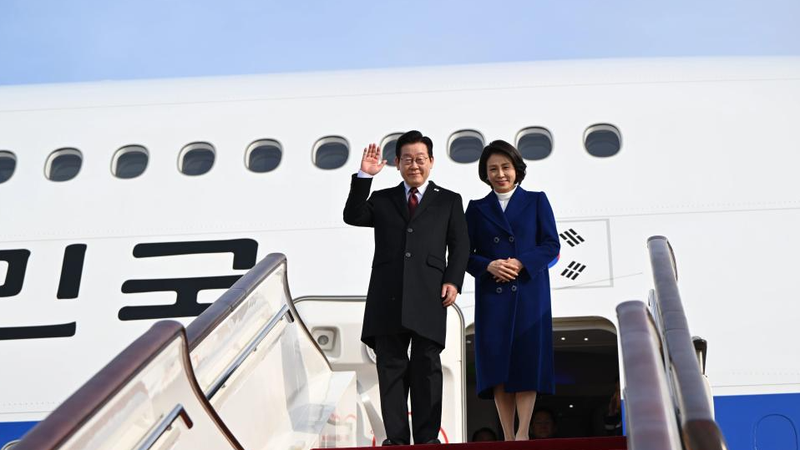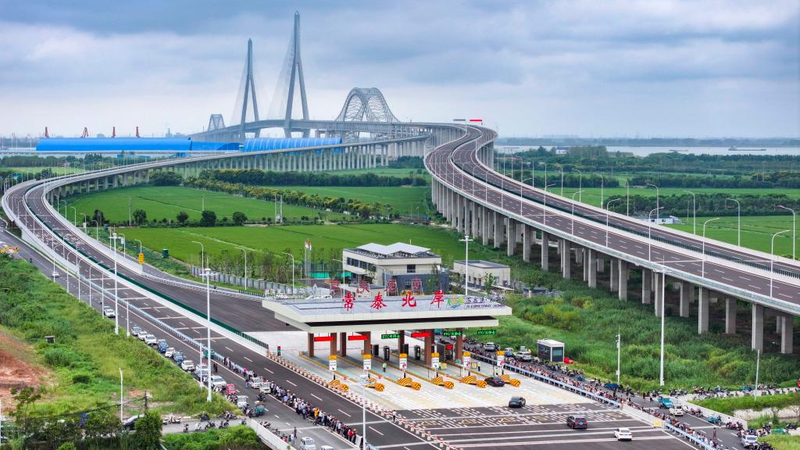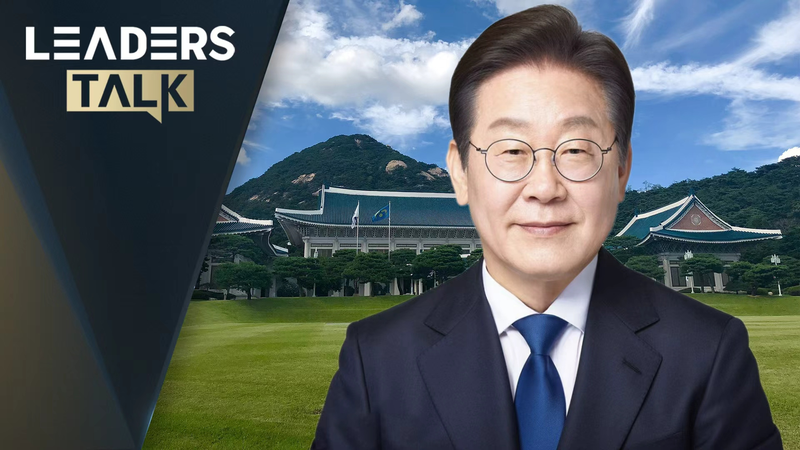On August 15️⃣, Japanese Prime Minister Shigeru Ishiba 🏯 and top Cabinet members, including Finance Minister Katsunobu Kato and Agriculture Minister Shinjiro Koizumi, visited the Yasukuni Shrine, reigniting lively debates over Japan’s militarist history.
The shrine is controversial because it enshrines 14 Class A war criminals from World War II and secretly buried more than 1,000 others convicted by the International Military Tribunal for the Far East in 1978. This has drawn outrage at home and abroad.
Many see Yasukuni as a symbol of the aggressive militarism that marked early 20th-century Japan. After WWII, the Supreme Commander for the Allied Powers issued the 'Shinto Directive,' separating State Shinto from government. Article 20 of Japan’s Constitution enshrines the separation of religion and politics ⚖️.
Ishiba’s visit raises questions about constitutionality. Article 20 bars government from mixing religious practices with state affairs, and Article 89 prohibits public funds for religious institutions. Could this tribute clash with those rules? 🤔
This isn’t new: in 1969, the Liberal Democratic Party proposed a bill to put Yasukuni under state protection. Backlash from Buddhists, Christians and anti-militarism groups forced lawmakers to drop it in 1974.
As Ishiba’s visit sparks fresh discussion, many are watching to see how Japan reconciles its past with its constitutional commitments, and whether future leaders will tread carefully around this sensitive site.
Reference(s):
Ishiba's Yasukuni Shrine tribute revives debate over militarist past
cgtn.com
